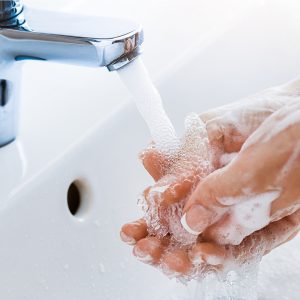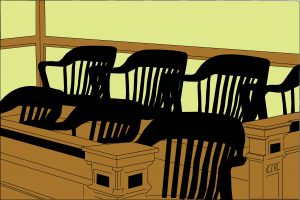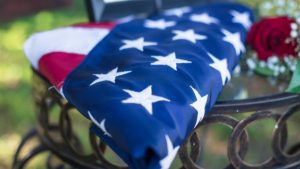Popular Hand Soap Contaminated with Burkholderia Cepacia

The Food and Drug Administration (FDA), in conjunction with the Centers for Disease Control and Prevention (CDC), is investigating a multistate outbreak of potentially dangerous bacteria. Hand soaps linked to Burkholderia Cepacia infections, sold at Walmart and other retailers, were voluntarily recalled over health concerns. B. Cepacia is the name given for at least 20 different species of bacteria that are often antibiotic-resistant.
Antibiotic resistance is one of the biggest public health threats of modern times. Unfortunately, roughly 2.8 million victims contract antibiotic-resistant infections, and over 35,000 of those suffer fatalities each year. According to the CDC, B. Cepacia is found in soil and water, but contaminated medicines usually cause human infections. Although B. Cepacia poses minimal risk to healthy individuals, those with certain sicknesses, such as cancer, cystic fibrosis, and weakened immune systems, may be more vulnerable to infections, which can cause severe lung disease and even death.
What Scent Theory Products are Contaminated?
 Buffalo Personal Injury Lawyer News
Buffalo Personal Injury Lawyer News













